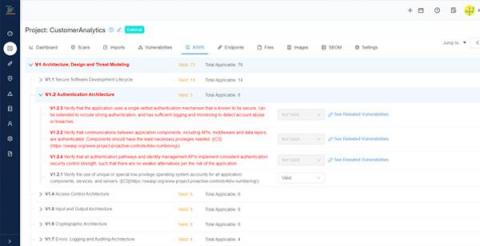Yet Another Perspective on Prototype Pollution
JavaScript is a programming language based on prototypes instead of classes. When a new object is created, the features of the prototype object are inherited – this includes arrays, functions, and even class definitions. The new object can also act as a template for other inheriting objects, transferring its properties, and creating the prototype chain.






